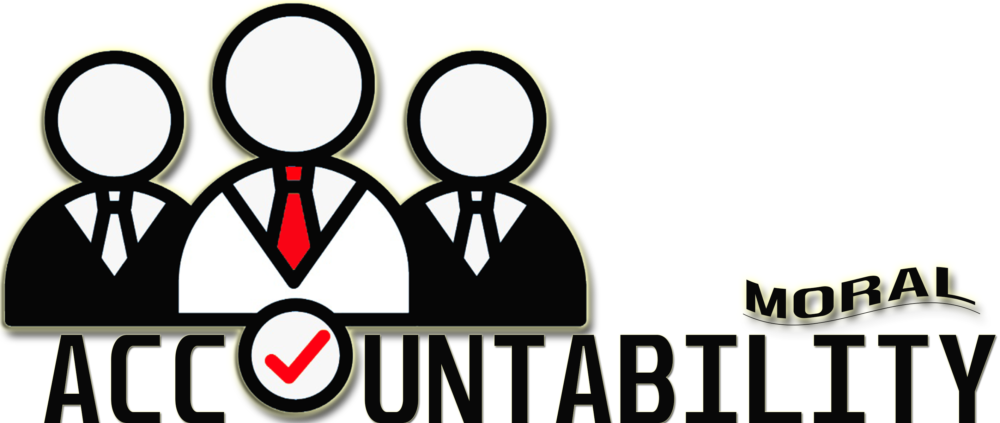Market research is the organized study of data about customers, trends, and competitors. It looks for new opportunities. Dividing a market can be based on basic traits, locations, lifestyles, or actions. This helps target audiences for effective communication. Surveys, focus groups, and social media listening reveal consumer preferences. Tools like SWOT analysis and competitive assessments explain external factors. Businesses can use both types of research to adapt to changing markets. It can help them find strategies, forecast trends, and reshape their approaches. Ethical research practices, like respecting data privacy, build trust. They also validate insights. Rigorous research informs innovation, customer satisfaction, and competitive positioning within dynamic markets.
Crafting a Dynamic Business Plan
The business plan is a roadmap. It details goals, vision, and strategies. It has an exec summary, a company description, a market analysis, an org chart, and a list of products or services. Marketing strategies will describe pricing, promotions, and distribution plans. Operations plans will cover production, supply chains, and facilities. Financial projections of revenue and expenses will determine feasibility and funding requests. The plan should also take into consideration risk management, compliance, and HR strategies. The dynamic business plan changes with new goals and markets. It helps raise capital, reduce risk, and sustain growth.
Mastering Financial Forecasting Techniques
Forecasting projects key items like revenue, expenses, and cash flow. It aids decision-making and ensures growth. To understand money-related status, use three basic tools: a summary of earnings and expenses, a list of assets and debts, and a record of money movement. Refine the forecast techniques with scenario analysis and historical data analysis. Budgeting will track performance and maintain resources. Financial modeling, ratios, and sensitivity analysis will highlight risks and opportunities. Regular review and adjustment help companies avoid uncertainty. They optimize resources and ensure long-term success.
Effective Risk Assessment Strategies
Risk management spots, gauges, and reduces threats to the achievement of success. Internal risks involve finance, operations, and HR. External risks involve changing economies, natural disasters, and new regulations. By assessing the likelihood and impact, the businesses can rank the risks against each other. Strategies may involve risk avoidance, reduction, transfer, or acceptance. Contingency planning and risk management frameworks cultivate readiness for occurrences and resilience. The focus on emergent risks, including cybersecurity and climate change, ensures adaptability. A proactive risk culture protects assets and minimizes disruptions. It supports ongoing success through ongoing assessments.
Navigating Legal and Regulatory Requirements
Understanding rules and guidelines helps ensure proper operations and minimize problems. The selection of the right form of business will affect liability and taxation. Tax, employment, IP, and consumer laws will protect the operation. Every business must know about licensing, environmental law, and data protection laws. These include GDPR and CCPA. International trade laws and new regulations will be key to global operations. Companies should consult legal experts and monitor updates. Websites like bizop.org offer valuable resources to help businesses stay compliant and reduce the risk of legal disputes.
Plan to win. Grow strong. Know the market. Find needs. See threats. Guide goals. Run operations. Manage money. Forecast the future. Make smart choices. Find risks. Prepare for trouble. Know the laws. Stay compliant. Avoid legal trouble.

